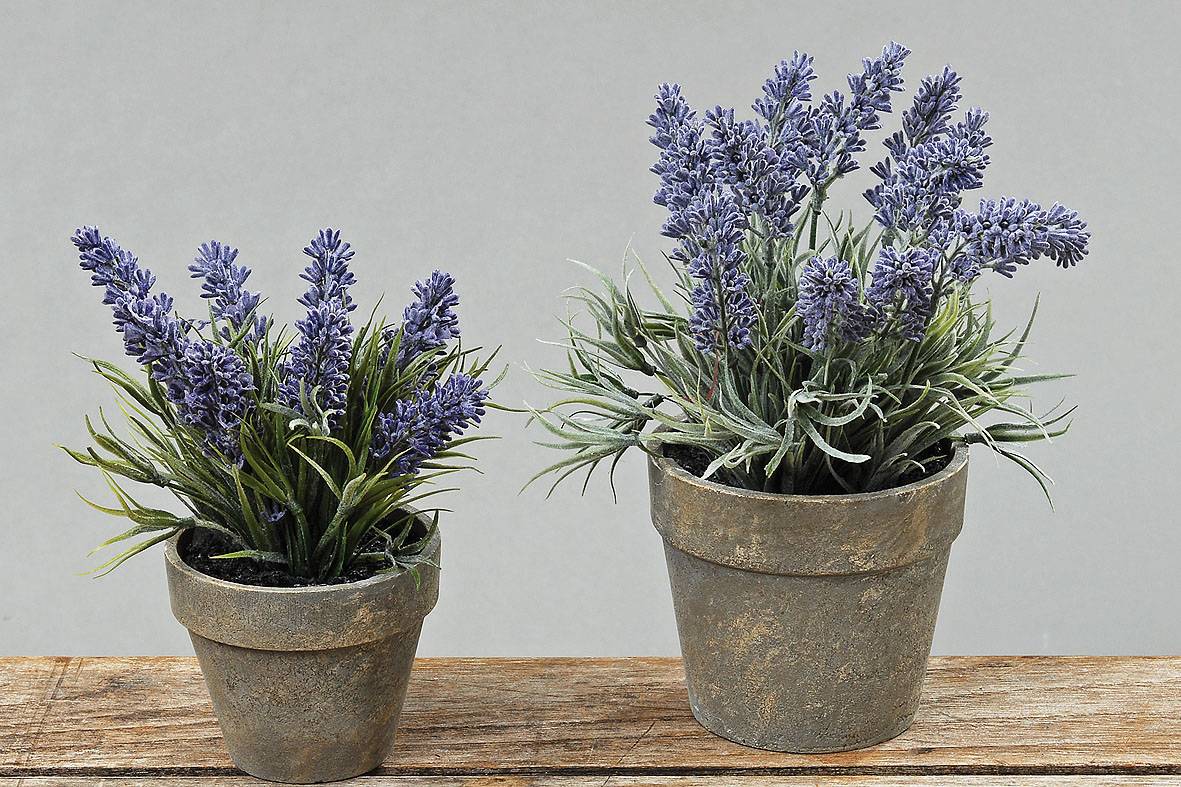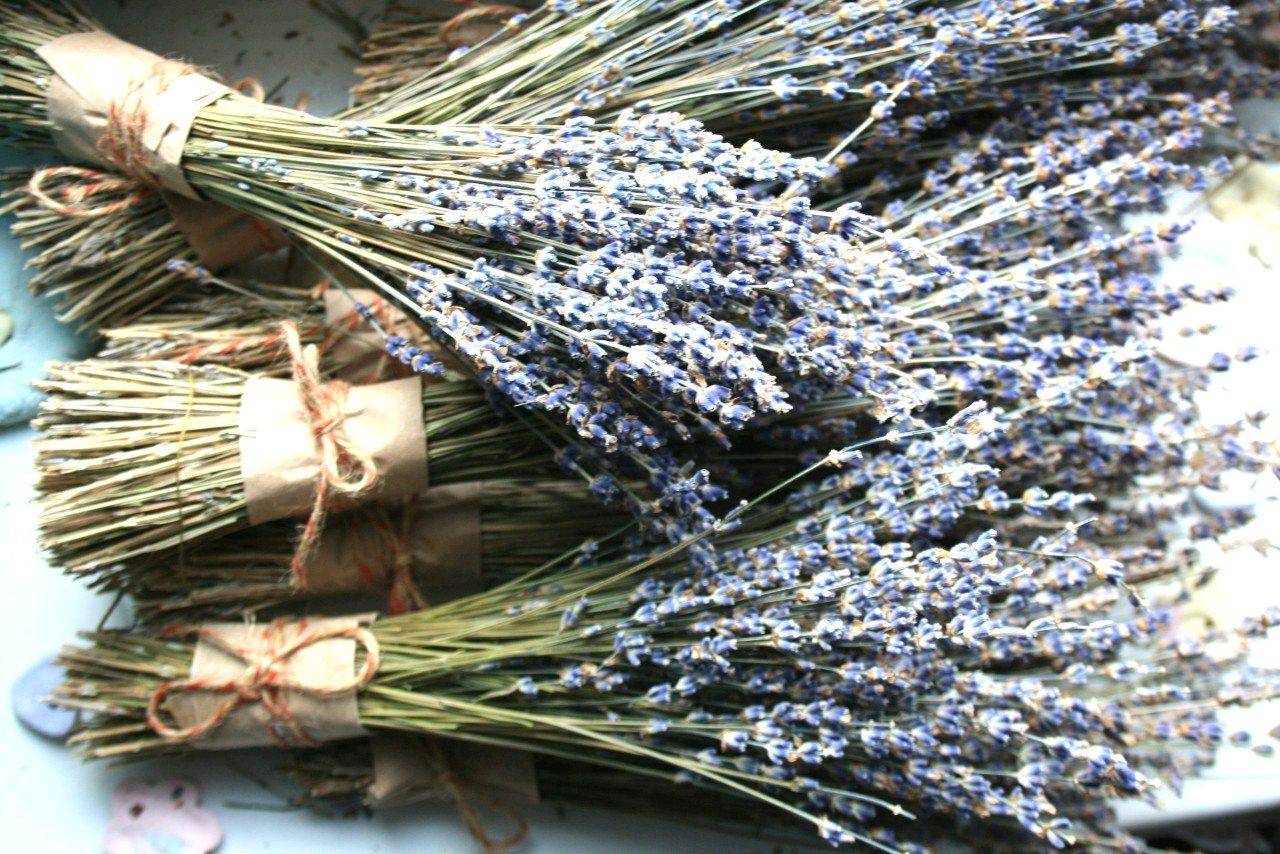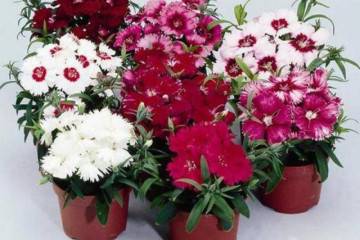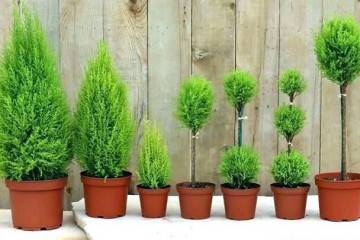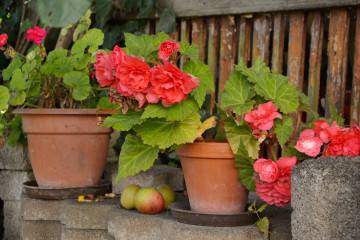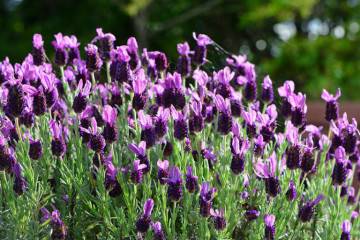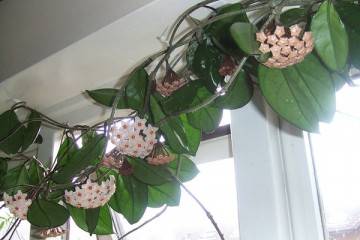Potted lavender - home care
Content:
- Potted lavender - home care
- What does indoor lavender look like, which family does it belong to?
- Briefly about the history of appearance
- Features of caring for room lavender at home
- Features of care in winter, dormant period of room lavender
- When and how indoor lavender blooms
- How indoor lavender reproduces
- Transplanting room lavender
- Possible problems in growing indoor lavender
Indoor lavender is a plant that is gaining more and more popularity. Pots with it complement the Provence style. But this plant fits perfectly into any interior, pleases the eye with flowering and fills the apartment with a subtle delicious aroma.
Potted lavender - home care
Homemade lavender pleases flower growers not only with its appearance, but also with its properties:
- Its pleasant aroma is able to fight headaches, aches and germs in the room.
- Flower essential oil is used in medicine and to create perfume compositions.
- Burns are treated with lavender oil.
- Lavender oil is used for massage.
- The dried flowers can be added to tea or baked goods for a special, charming scent.
Pots with these flowers help to create a unique atmosphere of warmth and comfort at home.
What does indoor lavender look like, which family does it belong to?
Indoor lavender, like garden, and wild-growing, belongs to the Yasnotkovy family. The plant has no main stem. One bush consists of several stems, on which spike-shaped inflorescences are located. The color may vary. The most common is purple, but there are also white, pink and blue hues.
Common varieties for indoor cultivation
In natural conditions, there are 20 species of this plant. But not all are suitable for growing at home. Some varieties only grow outdoors. Among florists, the most common types are narrow-leaved, broad-leaved and serrated lavender.
Narrow-leaved lavender (English)
This variety is characterized by:
- height up to 30 cm;
- narrow leaves of gray-green color;
- purple elongated inflorescences;
- resistance to low temperatures.
Lavender broadleaf (French)
It is characterized by:
- wider leaves than the English variety;
- short inflorescences can be of various shades, but most often lavender;
- subtle, but slightly repulsive scent.
On the basis of the broadleaf variety, many different hybrids have been created, suitable for indoor cultivation.
Lavender toothed
Serrated lavender has the following characteristics:
- leaves are soft, silvery;
- flowers are large, bright blue-violet;
- thermophilic variety, suitable only for indoor cultivation.
Briefly about the history of appearance
Lavender is an ancient plant, the exact date of its appearance is questionable. It is believed that these flowers appeared before the appearance of man. It was also used by the inhabitants of Ancient Egypt for mummification and in the field of perfumery. The plant got its name in ancient Rome, where flowers were added to baths, in translation lavender means “to wash”.
Features of caring for room lavender at home
Some people still think that lavender is an annual plant, but in fact it is a wonderful perennial. For flower growers, potted lavender (home care for a flower) causes some problems. The plant is quite capricious. For normal growth and development, the creation of certain conditions is required.
Temperature
Lavender's southern origin explains its temperature cravings. During the growing season and flowering period, the plant requires a high air temperature. In the second half of autumn, the temperature should be reduced to + 15 ° С. At this time, a period of dormancy begins, which will last until spring.
Lighting
Lighting is a major factor in properly growing indoor lavender. This flower needs a lot of light. If it is not enough, the growth of the plant will stop. Flower pots should be placed on southern windowsills. In summer, it is better to identify them on the balcony, and if possible, take them outside. In winter, lavender needs additional lighting, since its daylight hours must last at least 10 hours.
Watering
Watering is carried out regularly with warm, settled water. The soil should not dry out and become waterlogged. Watering should not be root, water must first fall on the leaves, and from them smoothly drain into the soil. In the warm season, the plant is watered 2-3 times a week, in the fall - once every 2 weeks, in the winter - once a month.
Spraying
Spraying is necessary only in hot dry weather. It will help maintain the overall moisture level at the proper level.
Humidity
Lavender is insensitive to changes in air humidity. She needs constant ventilation, but without drafts. In hot dry weather and during the heating season, spraying will be needed once a week.
Homemade lavender primer
Planting and caring for lavender at home starts with choosing the right pot and soil selection. The pot should be voluminous, at least 3 liters, and wide - about 30 cm in diameter. The soil will need loose and nutritious. It is best to buy a ready-made mixture for flowering plants. When self-preparing the soil composition, it is necessary to mix turf, river sand and humus in a 2: 1: 1 ratio. Before planting a flower, this substrate must be disinfected with a weak solution of potassium permanganate.
Top dressing
Top dressing should be done regularly. From mid-April, nitrogen fertilizers are introduced into the soil, and after flowering, potassium-phosphorus mixtures. Fertilizers are bought at the store. The choice should be stopped on liquid options. Top dressing is carried out twice a month after one of the waterings. In winter, during a dormant period, this process stops.
Features of care in winter, dormant period of room lavender
In winter, the plant falls into a dormant period. The stems are cut, the pots are transferred to a cool room, the temperature in which is not higher than +15 ° C. Pruning is done so that 3-4 knots remain on the stems.
Watered once a month with a little water at room temperature. It is useful to ventilate the room in which the plant pots are located. But for the duration of the airing, the flowers are taken out to avoid drafts.
When and how indoor lavender blooms
Lavender blooms are lush and incredibly beautiful. The room during this period is filled with a wonderful aroma. You can cut the inflorescences for winter bouquets. This is done after all flowers have opened.In order for the plant to dry properly and not lose its shape, it is sent to a cool, well-ventilated, dark room.
Types and forms of flowers
Flowers of indoor lavender varieties are monosymmetric with a double perianth. This type of flower is typical for most members of the Yasnotkov family.
The flower corolla is double-lipped or tubular.
Flowering period
The flowering period lasts from mid-spring to early autumn. Midsummer is its climax. Some inflorescences need to be cut in order for the plant to renew itself and develop faster.
How indoor lavender reproduces
Most commonly, lavender is grown from seed. They should be purchased only in trusted stores, where all storage rules are followed. Planting is carried out from the beginning of March. Indoor seeds can be sown until late spring.
Germinating seeds
Before planting seeds in the ground, they need to be stratified within a month. They are laid out on a layer of moist peat or marsh moss, the thickness of which is 7 cm. From above, they are covered with the same layer and removed to a cool room with a temperature of + 5-7 ° C.
Next, the seeds must be sown in one pot and germinated until the first three leaves appear. In this case, the following rules must be observed:
- In the container where the seeds will grow, a drainage layer with a thickness of at least 5 cm must be laid on the bottom.
- Fill container with nutritious moist soil.
- Deepen the seeds 2-3 cm into the soil, cover with a layer of sand on top.
- Cover the box with foil or glass, remove to a warm place and monitor the constant moisture content of the soil.
- When the first shoots appear (after 1-1.5 months), the film must be removed and the daylight hours must be increased to 10 hours.
Transplanting young plants to a permanent place is carried out after 2-3 weeks of growth and development. But this procedure is optional. Fertilizers are applied one week after transplanting.
Transplanting room lavender
Transplanting is recommended annually before the start of the growing season. But if necessary, you can do this during the flowering period. Thanks to this, the lavender will be rejuvenated and its growth rate will increase.
By the flower itself, it becomes clear that it needs a transplant. Growth slows down and new shoots appear at the edge of the pot. The plant is transplanted into a new pot by reloading. The new pot must be more spacious than the previous one. The voids are filled with fresh soil.
Possible problems in growing indoor lavender
Even if all the basic rules of care are followed, and the florist knows how to care for room lavender, force majeure can always arise. First of all, these are pests and diseases that rarely attack domestic varieties. Most often, gray rot occurs. It occurs when the soil is waterlogged. It is necessary to destroy damaged stems, replace the soil with a new one, adjust the irrigation regime.
Growing indoor lavender takes some effort. But the result is worth it. This plant is unusual, unlike others. It fills the room with coziness, light and delicate delicate aroma. Self-grown flowers can be used in cooking, medicinal purposes, as a fragrant additive for bathing, and dry bouquets from them are simply delicious.


